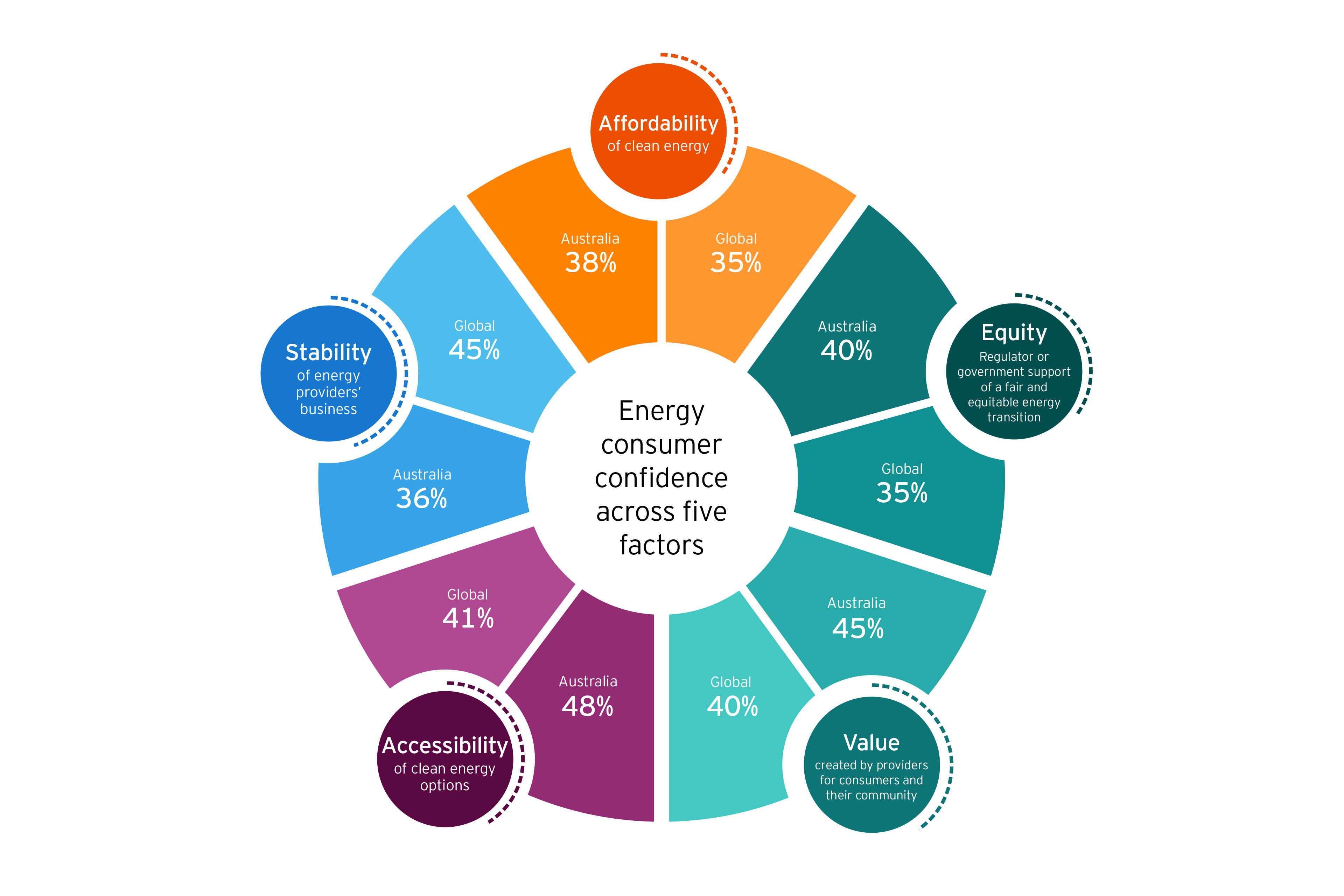The ECCI reveals the two ends of the consumer confidence spectrum. In Japan, for example, confidence is very low, with consumers facing rising energy prices, market deregulation and the lasting impact of the Fukushima nuclear disaster. Meanwhile, consumers in mainland China are extremely confident in their energy future, perhaps driven by the significant focus on, and investments in, energy infrastructure and renewables.
Energy consumer confidence is also partly driven by energy market regulation. Most markets that rank higher in the ECCI have little energy competition. In many cases, competition has brought a confusing array of consumer options and price volatility that seem to erode confidence.
Confidence is a strong predictor of consumer behaviour and investment. Confident consumers tend to be more certain about their future and more likely to spend money. The confidence of energy consumers underpins investment in new energy technologies and solutions, and will either accelerate or hinder the breadth and momentum of the energy transition.
Consumer confidence is also a powerful force that aligns government policy, corporate sustainability and personal responsibility. When consumers show a strong preference for sustainable products or services, they create a virtuous circle that influences government policies and which, in turn, encourages more corporations to prioritise sustainability.
Some of the insights from the ECCI provide a clear call to action for governments and energy providers. Consumers are struggling to see the benefits of the energy transition now and aren’t confident in future improvements either.
If energy consumer confidence wavers, then net zero pledges and clean energy ambitions are unlikely to be fully realised.
Is Australia about to move past the peak of expectation?
There is good news for Australia, which currently sits higher than our European and US peers. The ECCI score for Australia is 65.5 compared favourably against the global average of 62.7. But dig a bit deeper, and we see some clear areas of concern.
Around the globe, we have seen a consistent pattern in consumer confidence as the energy market transforms. First, consumer confidence is buoyed by future possibilities before falling sharply as the realities of scale, complexity and disruption hit home. With time, however, as the new energy market gains momentum, consumers see value in the changes around them and their confidence begins to rise once more.




